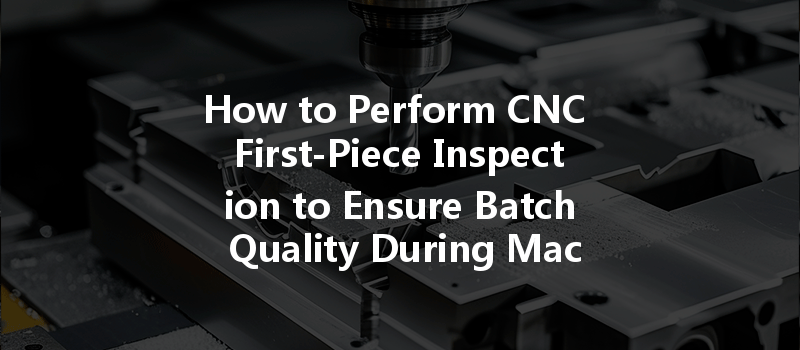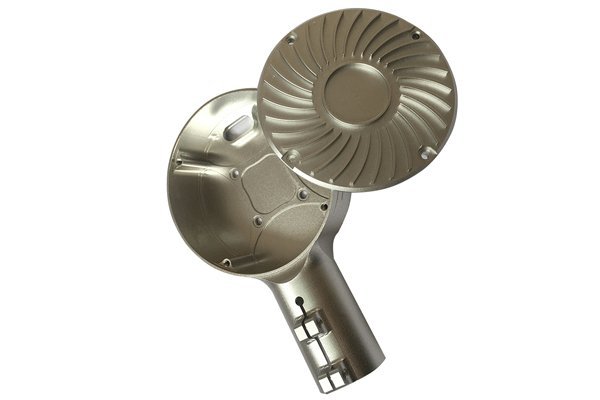Did you know that nearly 30% of manufacturing defects can be traced back to the first piece produced during a machining process? In a world where efficiency is key and quality is paramount, first-piece inspection (FPI) serves as the crucial gatekeeper that can significantly mitigate potential defects later in the production cycle. This not only affects productivity but also impacts the overall cost and reputation of manufacturers. Understanding how to execute a thorough and effective CNC first-piece inspection can pave the way for higher quality outputs, lower scrap rates, and improved customer satisfaction.
Today, we’re diving deep into the essential aspects of CNC first-piece inspection—exploring what it is, why it’s important, the steps involved, common challenges faced, and best practices to ensure that your batch quality remains consistently high.
What is CNC First-Piece Inspection?
CNC first-piece inspection is a quality control procedure that assesses the first part produced in a new batch before continuing the machining process. The purpose of this step is to identify any discrepancies between the intended design specifications and the actual attributes of the first part.
Objectives of First-Piece Inspection
Why is First-Piece Inspection Important?
Steps to Perform CNC First-Piece Inspection
Step 1: Preparation for Inspection
Before the inspection takes place, preparation is essential. Here’s how:
Step 2: Perform the First-Piece Inspection

Step 3: Data Analysis
Once the inspection is completed, analyze the collected data:
Step 4: Documentation & Review
Common Challenges in First-Piece Inspection
Best Practices for Effective First-Piece Inspection
In summary, CNC first-piece inspection is a critical component of maintaining batch quality in machining processes. Not only does it prevent costly errors down the line, but it also ensures that your production remains compliant with industry standards and customer expectations. By following a systematic approach to first-piece inspection, embracing advanced technologies, and building a culture of quality within your organization, you can significantly enhance the overall machining process and output.
So the next time you set up a CNC machine for production, remember the importance of that first part. Your meticulous inspection could be the difference between success and costly rework. Quality should never be an afterthought; it should be the cornerstone of your manufacturing process.






